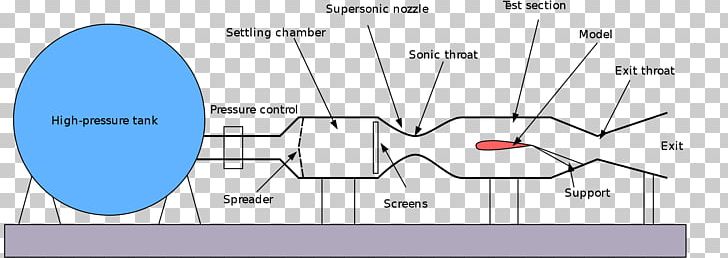

Harris’ hawks have 10 primary feathers on each wing, with primary 10 on the leading edge of the wing. 8) consisted of a feather clamp and primary wing feathers 6–9 from a Harris’ hawk. Lift changes less than drag in the diagrams.

The middle and right-hand diagrams show how downward and upward local flows increase and decrease drag, respectively. The left-hand diagram with the local flow equal to V is for reference. The bottom row of diagrams shows the components of F: lift ( L) and drag ( D) are perpendicular and parallel to V by definition. The middle row of diagrams shows the aerofoil of the wing, which rotates so that it always has the same angle of attack relative to U. The angle (β) between F and U is constant, as is the magnitude of F. The angle (θ) between U and V varies from 0 in the left-hand diagram to negative (downward local flow) in the middle diagram, to positive (upward local flow) in the right-hand diagram. The top row of diagrams shows the angles between the aerodynamic force ( F), the local flow velocity and the free-stream velocity. U and V have the same magnitudes, but U is horizontal only in the left-hand diagrams. These observations taken together provide strong evidence that the tip slots of soaring birds reduce induced drag in the sense that the separated tip feathers act as winglets and increase the span factor of the wings.Įffects (left to right) of three different local air-flow velocities ( U) on the lift and drag of a wing exposed to a constant, horizontal free-stream velocity V. With fully formed slots, the wing had a higher span factor than the wing with the unslotted Clark Y tip.įlow visualization with helium-filled bubbles showed that the addition of two winglets to the tip of a model wing spread vorticity both horizontally and vertically in the wake of the tip. As the angle of attack of this wing increased, aerodynamic forces spread the feathers vertically to form slots. Over the same range of angle of attack, the span factor of the wing with the feathered tip remained constant at 0.87. The wing with the Clark Y tip had a span factor that decreased from 1 to 0.75 as the angle of attack of the base wing increased. Span factors were calculated from these data – a large span factor indicates that a wing has low induced drag for a given lift and wing span. Wings with the tip and the base wing locked together had lift and drag that increased with increasing base wing angle of attack, as expected for conventional wings. This value is consistent with wing theory predictions on drag reduction from winglets. The total drag of the wing with the feathered tip was 12% less than that of a hypothetical wing with the same lift and span, but with tip feathers that did not respond to upwash at the end of the base wing. The base wing drag decreased by 6% for the same change in the angle of attack of the feathered tip. The drag of the base wing increased by 25% as the angle of attack of the Clark Y tip increased from 0°to 15°. With the angle of attack of the base wing fixed at 13°, changing the angle of attack of the wing tip changed the drag of the base wing. The L/ D values of the balsa feather tip and the Clark Y tip increased by 49% and 5%, respectively, for the same change in angle of attack. The feathered tip responded to upwash by increasing its lift to drag ratio ( L/ D) by 107%, from 4.9 to 10.1, as the angle of attack of the base wing increased from 4°to 14°. The base wing in a wind tunnel at an air speed of 12.6 ms −1 generated upwash angles as high as 15°at the end of the wing when the angle of attack of the wing was 10.5°. The balsa feather tip was slotted and was made of three balsa wood wings shaped like feathers. The Clark Y tip was unslotted and was made of balsa wood shaped to a Clark Y aerofoil. The feathered wing tip was slotted and was made of four primary feathers from a Harris’ hawk ( Parabuteo unicinctus). This paper describes the aerodynamic forces on a wing made of a base wing and different wing tips. Wing theory shows that winglets can reduce the kinetic energy left in the vortex sheets, and hence the induced drag, by spreading vorticity both horizontally and vertically. The individual feathers in the slotted tips resemble the winglets used on the wing tips of some aircraft to reduce induced drag.Ī wing that produces lift leaves a pair of vortex sheets in its wake. The feathers at the wing tips of most birds that soar over land separate both horizontally and vertically in flight to form slotted tips.


 0 kommentar(er)
0 kommentar(er)
